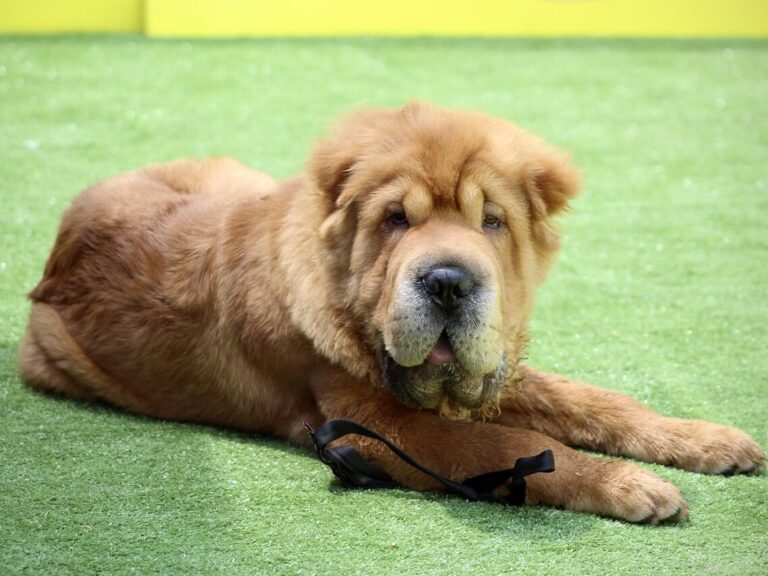15 Worst Dog Breeds for Cold Climates

While some dogs live well in cold weather, others are not equipped to handle the chill. Whether due to their small size, thin coats, or health conditions, these breeds struggle in colder climates and need extra care to stay warm. Here are 15 of the worst dog breeds for cold climates, explaining why they are best suited for warmer weather or need protection in winter.
Chihuahua
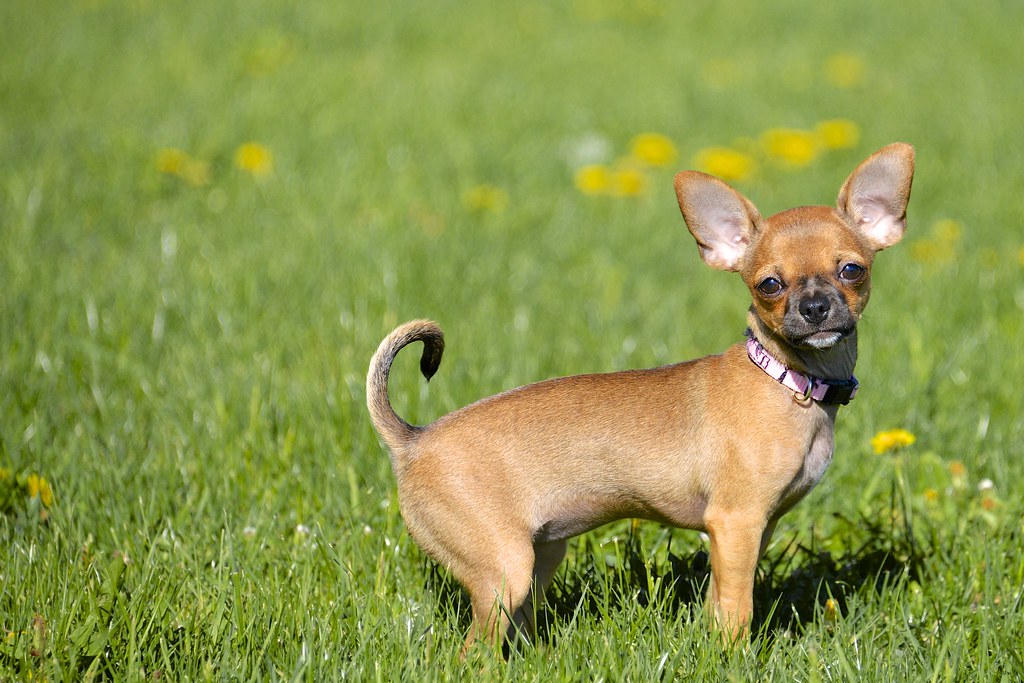
Chihuahuas are highly vulnerable to cold weather. Their small size means they lose body heat quickly and can start shivering in temperatures that would be comfortable for other breeds. Even cool weather can leave them uncomfortable. Chihuahuas need protective clothing like sweaters and jackets when outside and should be kept indoors as much as possible during winter months to avoid hypothermia.
Greyhound
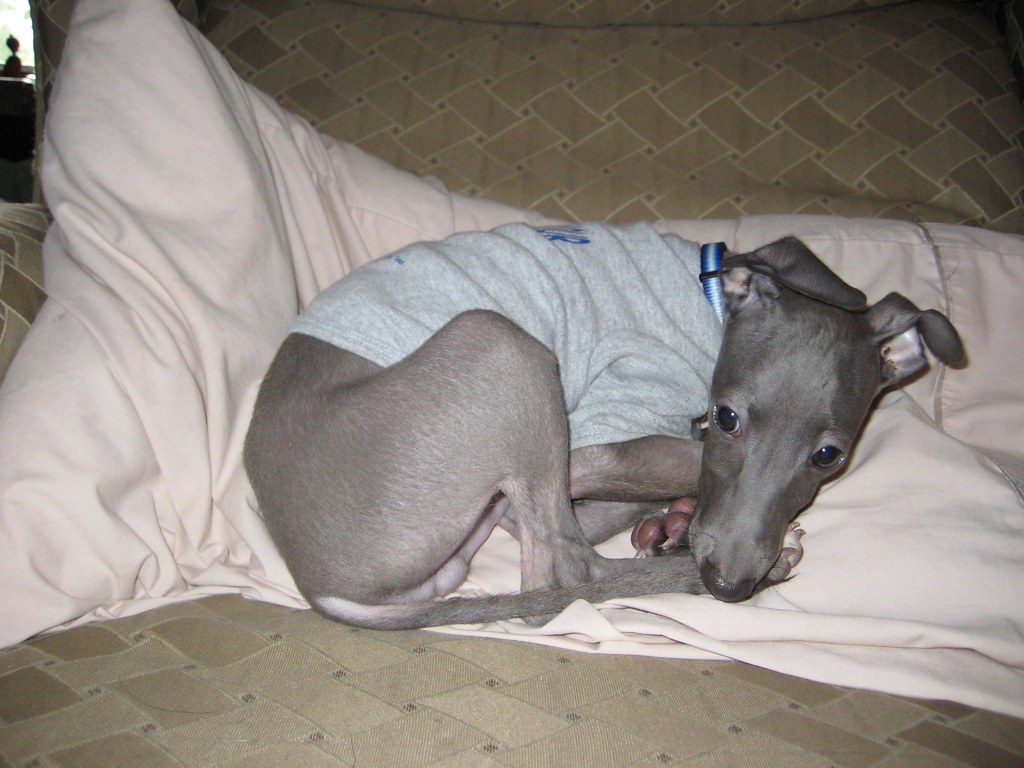
Greyhounds are built for speed but not for cold weather. Their lean build and short coat provide little insulation, leaving them highly susceptible to the cold. They also lack body fat, making it hard for them to retain heat. Greyhounds often shiver and may become lethargic in cold climates. Owners of this breed should ensure they wear protective clothing during winter outings and limit outdoor exposure when temperatures drop.
Chinese Crested
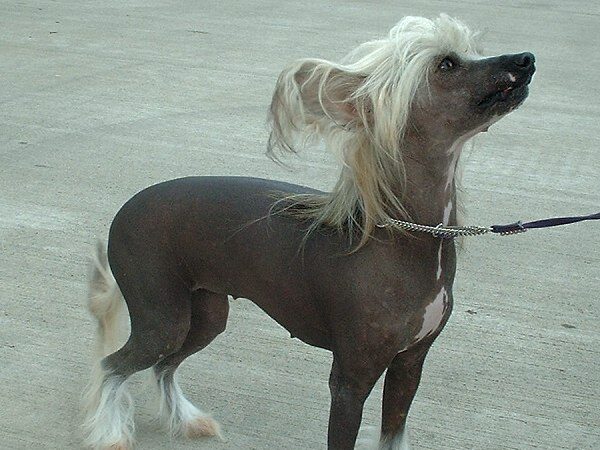
Chinese Cresteds are almost hairless, which leaves them incredibly vulnerable to cold temperatures. Their lack of fur makes it difficult for them to retain body heat, and they can quickly become chilled in even mildly cold conditions. Skin protection is also essential, as exposure to cold air can cause irritation. Chinese Cresteds should always wear sweaters and be kept indoors during cold weather.
Dachshund
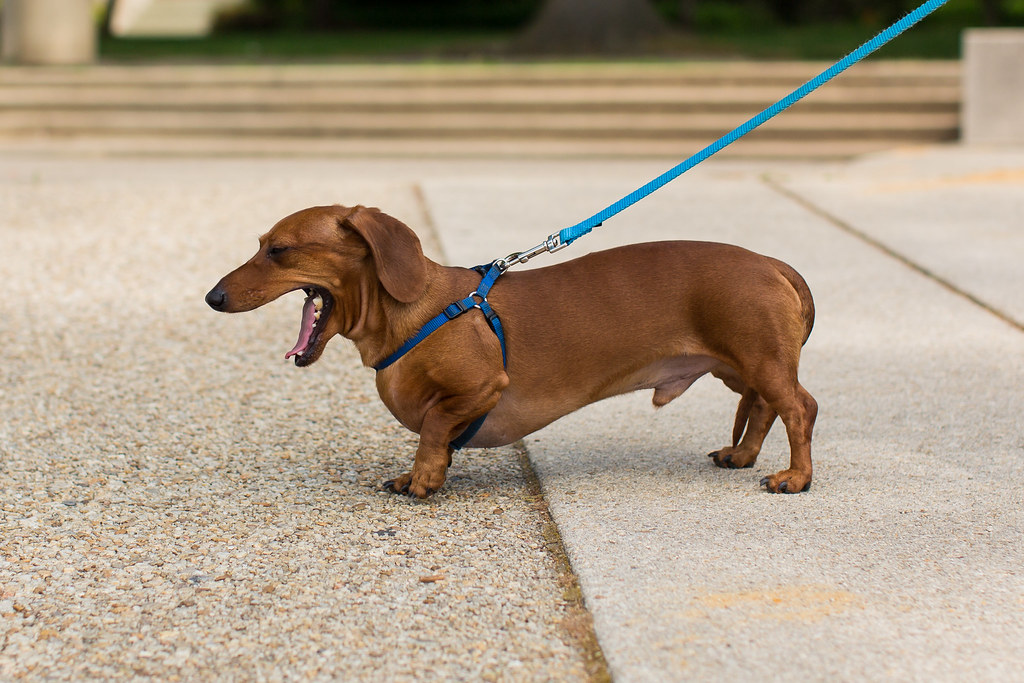
Dachshunds have a small, elongated body and a short coat that offers little protection against the cold. Their bellies are close to the ground, making them more likely to come into contact with cold surfaces like snow and ice. This can make them prone to joint pain and discomfort in chilly climates. To keep them comfortable, Dachshunds need warm clothing and minimal outdoor exposure during the winter.
Boston Terrier
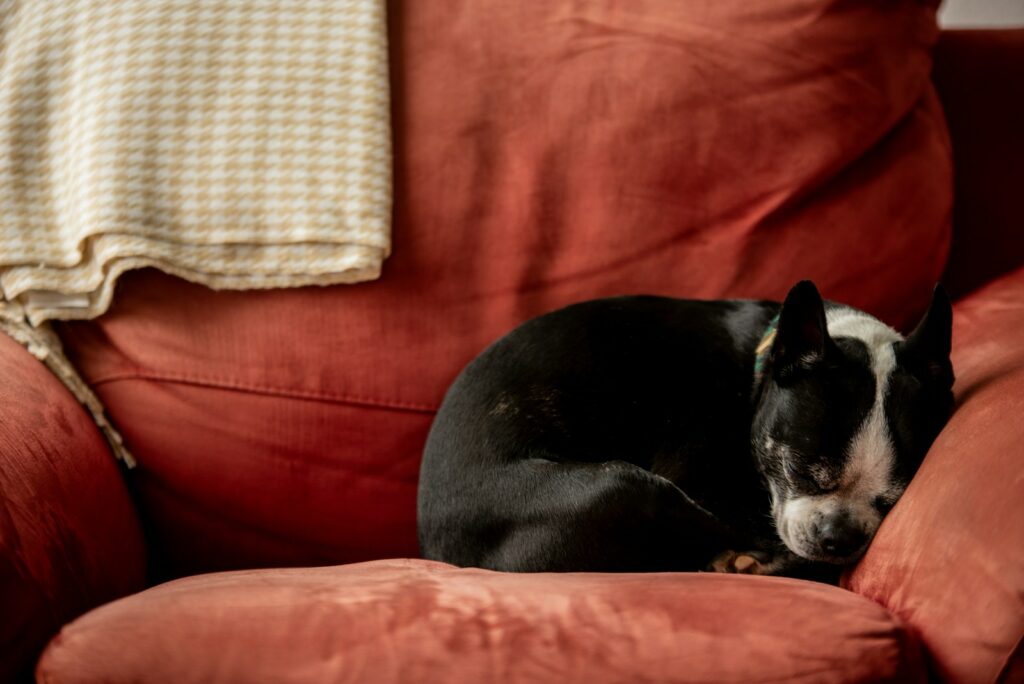
Boston Terriers have short, smooth coats that provide minimal insulation in cold weather. Their flat faces (brachycephalic structure) make it harder for them to regulate body temperature and breathe in cold air, increasing the risk of respiratory issues. Boston Terriers often need jackets or sweaters when outside, and their time outdoors should be limited to avoid cold-related health problems.
Pug

Pugs have short coats and flat faces, making them ill-equipped for cold climates. Their brachycephalic anatomy makes it difficult for them to handle cold air, and they are prone to respiratory issues in low temperatures. Additionally, their small size and lack of body fat cause them to lose body heat quickly. To prevent health complications, Pugs need warm clothing and should be kept indoors as much as possible during cold weather.
Shih Tzu
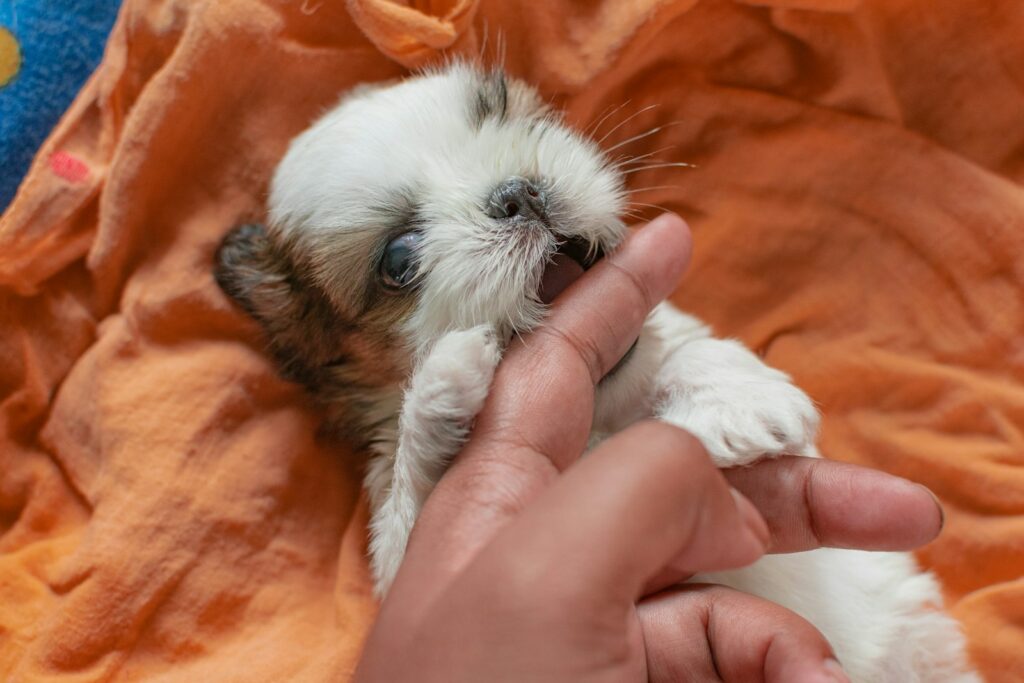
Shih Tzus may have long coats, but their small size makes them vulnerable to cold climates. Their fur can mat easily, reducing its ability to provide warmth unless properly groomed. Shih Tzus are also prone to respiratory issues, which can be exacerbated by cold air. These dogs need regular grooming and protective clothing to stay comfortable in cold weather, as well as limited exposure to outdoor elements.
Yorkshire Terrier
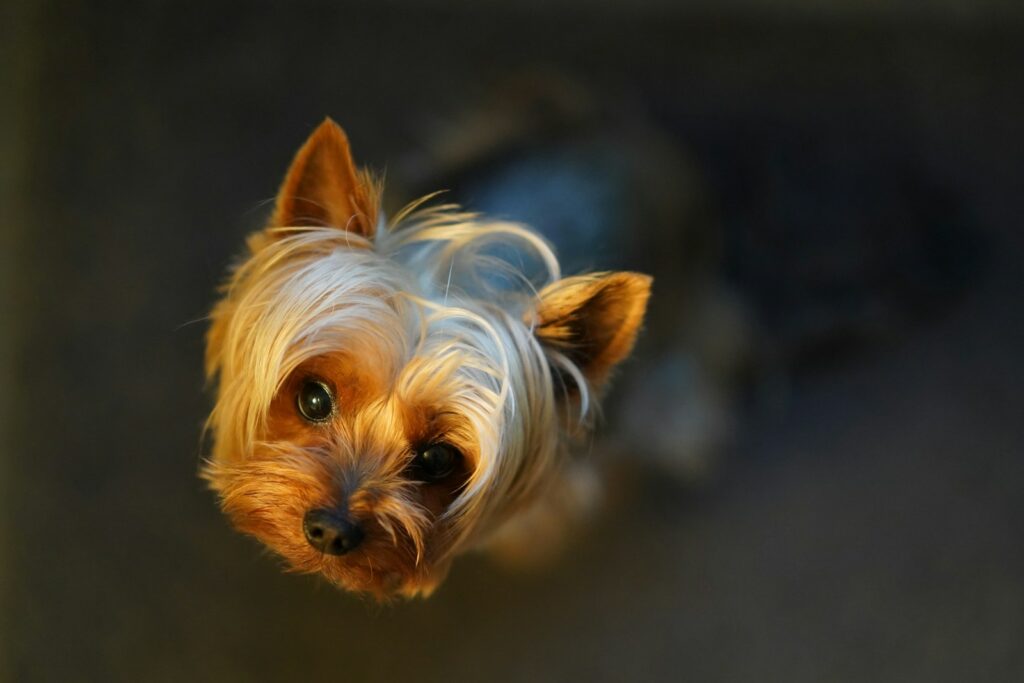
Yorkshire Terriers, or Yorkies, are tiny dogs with fine, silky coats that provide little insulation in cold weather. Their small size means they lose heat quickly and can start shivering even in moderately cool temperatures. Yorkies need to wear jackets or sweaters when outside during the winter, and their time outdoors should be brief to avoid cold stress. They are best suited for indoor living during the colder months.
Boxer
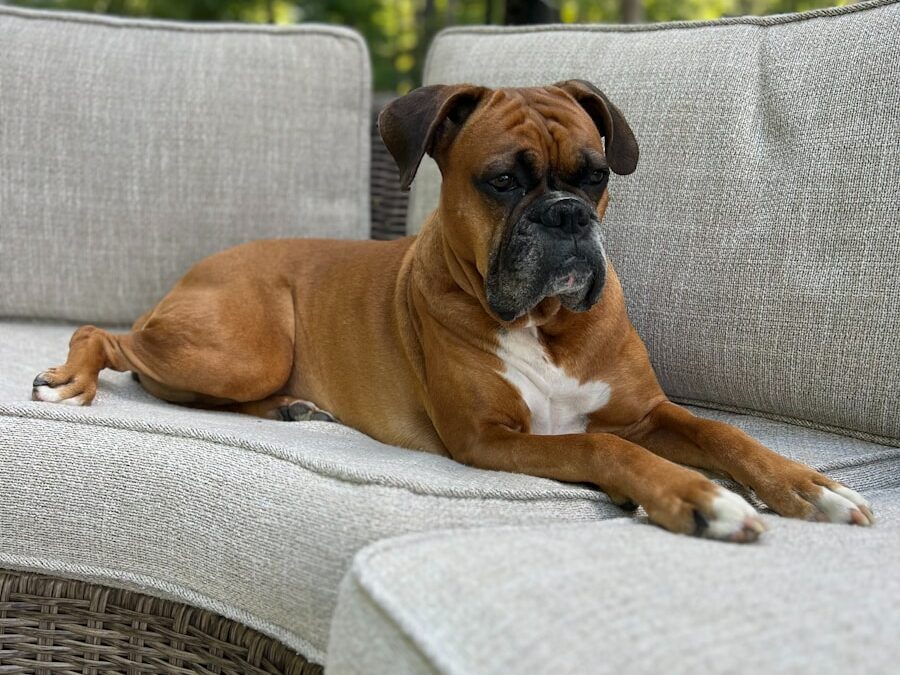
Boxers are muscular dogs, but their short coats and flat faces make them ill-equipped for cold weather. They are susceptible to respiratory issues in cold air, and their thin coat doesn’t provide adequate insulation. Boxers should wear protective clothing when outdoors in winter, and owners should limit their outdoor exposure to prevent cold-related health problems, such as hypothermia.
French Bulldog
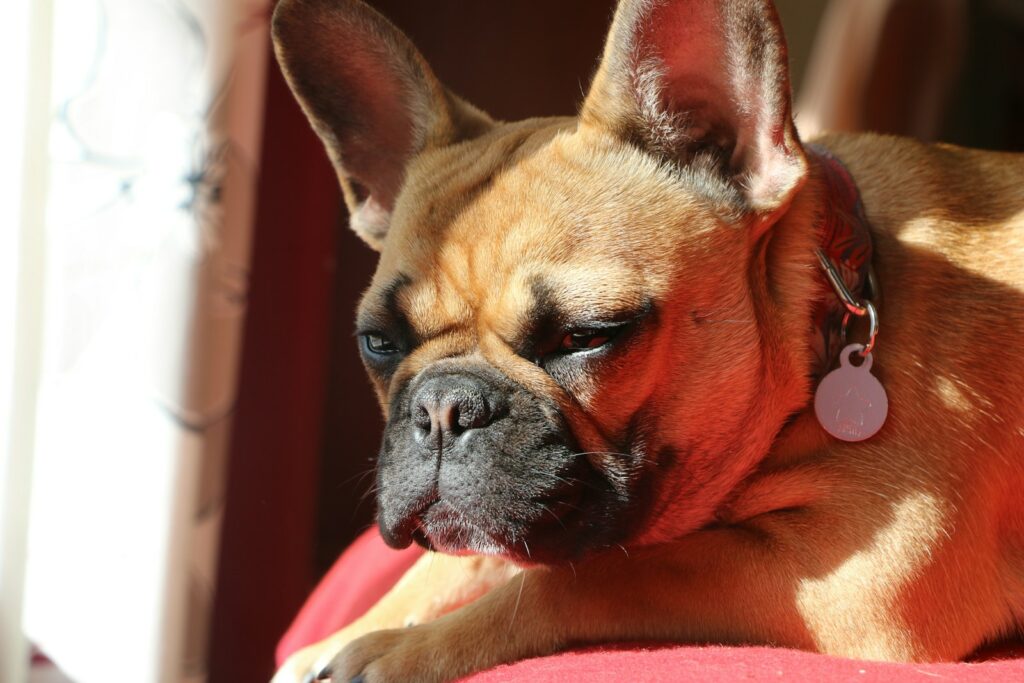
French Bulldogs are another breed that struggles in cold climates due to their short coats and brachycephalic structure. Their flat faces make it difficult for them to breathe in cold air, and their lack of fur insulation causes them to get chilled quickly. French Bulldogs need warm layers and should only be outside for short periods during cold weather to avoid breathing problems and discomfort.
Pekingese
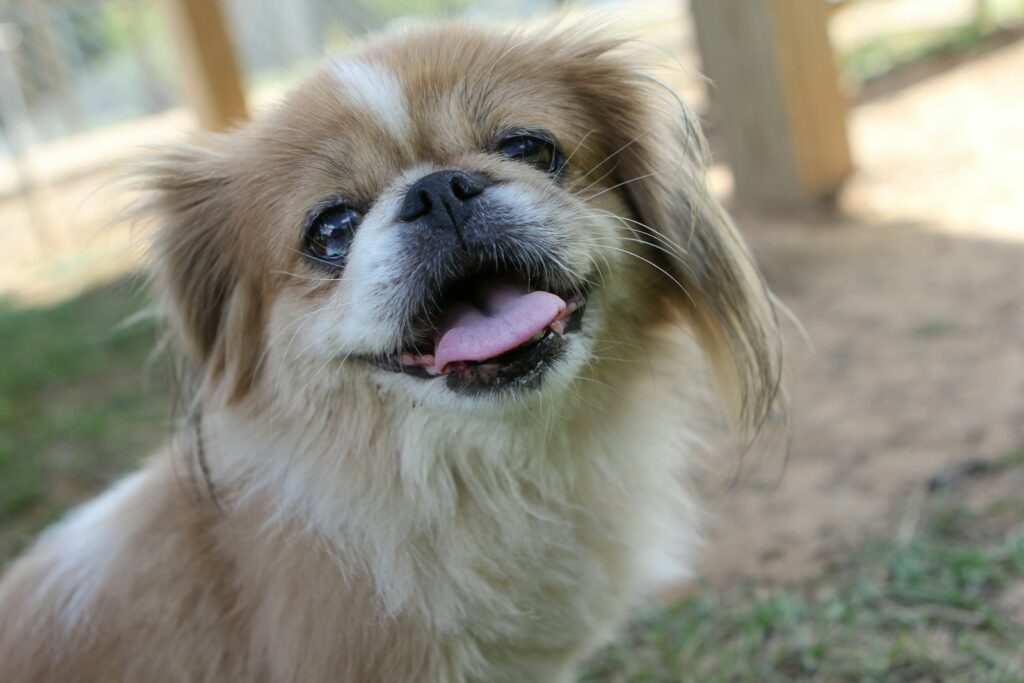
The Pekingese have a long, thick coat, but their small size and flat faces make them vulnerable to cold air and respiratory issues. Cold weather can exacerbate their breathing difficulties, while their coat requires regular grooming to maintain warmth. To keep them comfortable, Pekingese dogs should wear jackets when outside and stay indoors during colder months, especially in freezing temperatures.
Miniature Pinscher
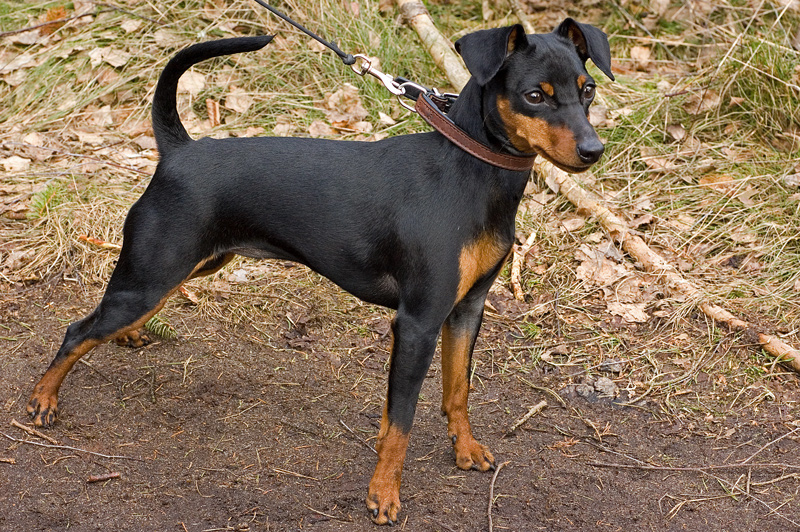
Miniature Pinschers have short, sleek coats that don’t provide much insulation in cold weather. Their small size and lack of body fat make it difficult for them to retain heat. These dogs are prone to shivering and can become cold quickly in freezing temperatures. Owners need to dress them in warm clothing and limit their outdoor time during the winter to ensure their safety and comfort.
Whippet
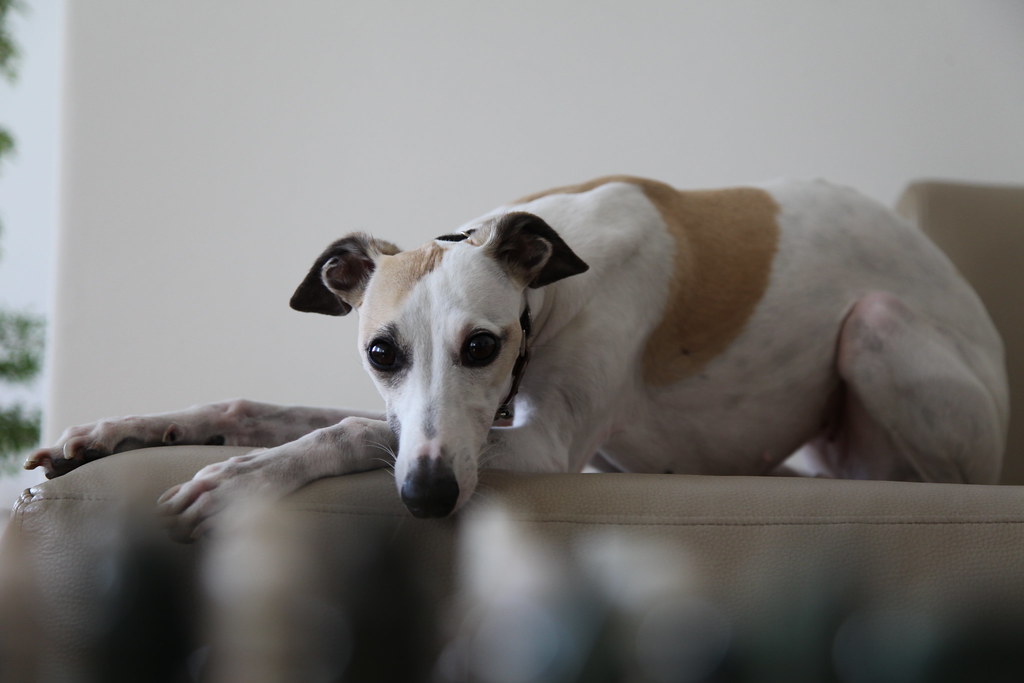
Like Greyhound, Whippets have a thin, sleek build and short coat, making them poorly suited for cold weather. They lack body fat, meaning they lose heat quickly and are sensitive to chilly conditions. Whippets are prone to shivering in cold weather, and they need to be dressed in warm clothing when outside. To keep them comfortable, their time outdoors during the winter should be limited.
Bichon Frise
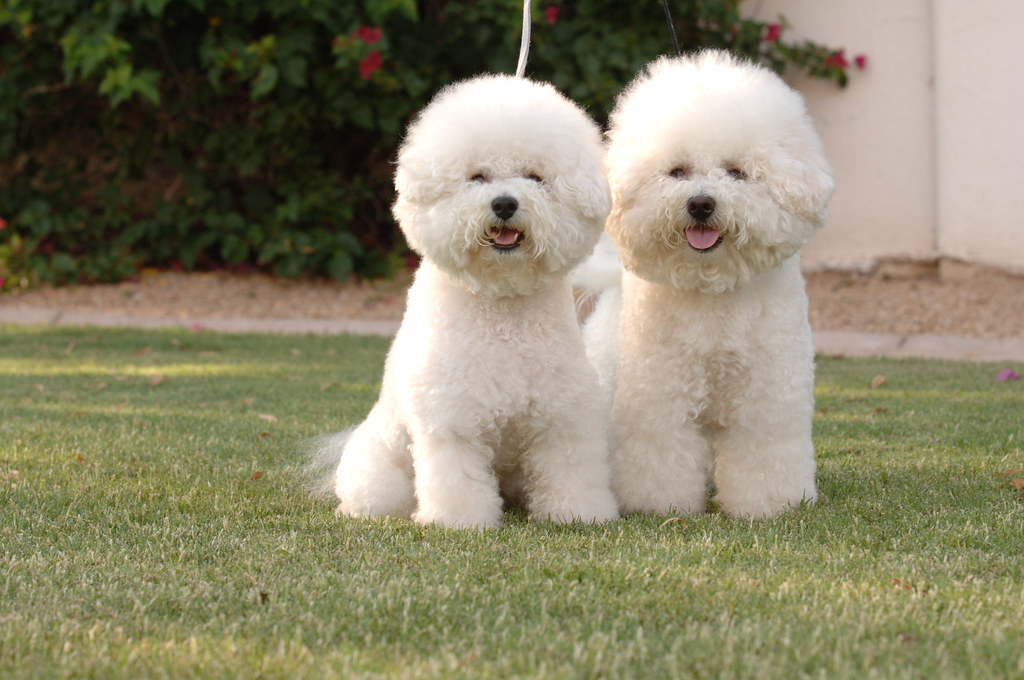
Despite their fluffy appearance, Bichon Frises are not well-suited for cold weather. While their curly coats might look warm, the texture does not provide the level of insulation required to keep them comfortable in freezing temperatures. Additionally, their small size makes it hard for them to retain heat. Bichon Frises need protective clothing and limited exposure to the cold to prevent discomfort and potential cold-related health issues.
Maltese
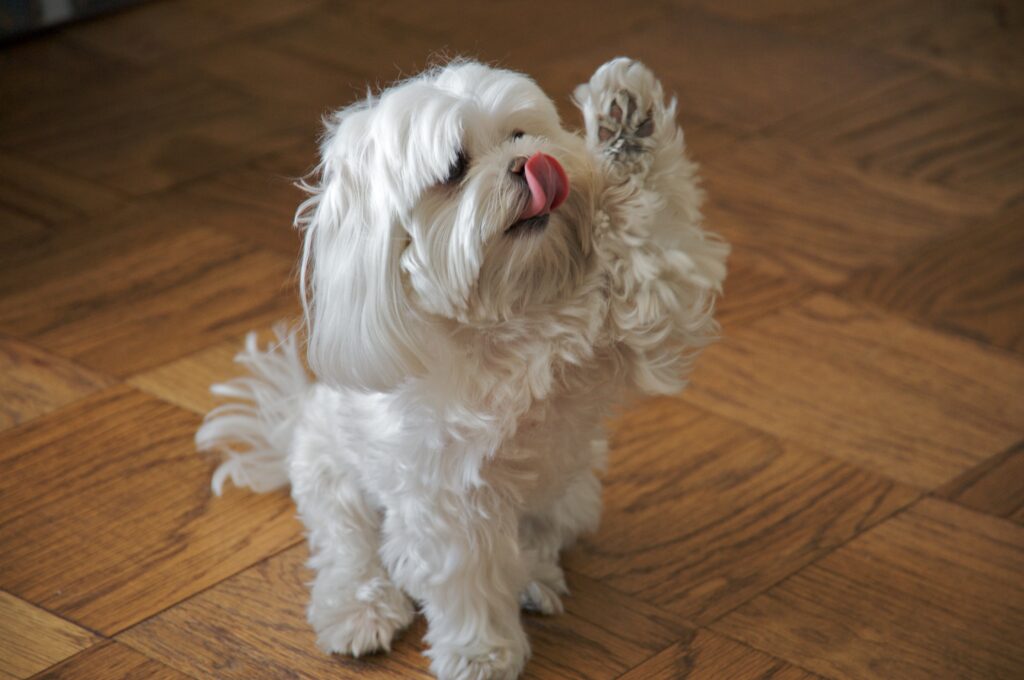
Maltese dogs, with their long, silky coats, may look like they have protection from the cold, but their fine hair doesn’t provide much insulation. They are small and sensitive to the cold, making them prone to shivering in low temperatures. Maltese dogs require warm clothing and should spend minimal time outdoors during the winter to prevent cold stress.
